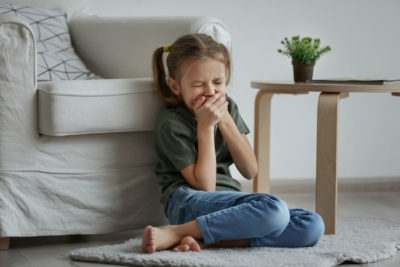There are many different types of child abuse. Regardless of the kind of abuse (physical, mental, sexual), different abuse types can result in various physical and behavioral indicators.
Physical Indicators of Abuse
A child may have physical signs that they are being abused. The child may have unexplained bruises on their body. The bruises may be in various stages of healing and all over their body. Bruises may tend to appear after a child is away for a while. It may be when they come back to school after a weekend or return from a vacation.
Broken bones or burns can also be a physical indicator of child abuse. If a child has broken multiple bones and isn’t able to explain why it may indicate abuse. If a child has broken bones in their face- their nose or jaw this can be an indicator of abuse. Children can have burns on their arms, hands, or soles of their feet. They may also have burns in the shape of a specific object- for example, an iron.
There can be different indicators that a child is sexually abused. A child may have a hard time sitting down or walking. They may have stains or blood on their underwear. In some cases, a child will end up with a venereal disease or pregnant.
When children are emotionally abused, they can develop different habits or disorders. Children can develop disorders that involved rocking, biting, or sucking on items. They may also develop sleep or speech disorders.
Behavioral Indicators of Abuse
There are many behavioral indicators of abuse. These signs may be subtle. Children who are abused can be wary of other adults. Their trust has been violated with their parent, and they can see all grown-ups as bad. Children may be nervous about going home because of their situation. Many abused children have a hard time looking other adults in the eye.
If a child is experiencing sexual abuse, they may be hesitant to change in front of other children for PE class. They tend to have poor peer to peer relationships and may have bizarre sexual behavior.
When children are neglected, they may share that there is no parent or caregiver at home. They might show up early and stay late at school, and share that they’re hungry. Children may also develop addictions. Neglect is the most common form of child abuse.
In emotional abuse, children might behave in different ways. Sometimes, children can act overly adult or, on the flip side, inappropriately infant-like. They may be very passive or aggressive.
There are many indicators of abuse. While not all injuries or behaviors are signs of abuse, many are. If you suspect a child is being abused, you should report it. To report suspected child abuse, please call the National Child Abuse Hotline at 1-800-4-A-CHILD (1-800-422-4453

